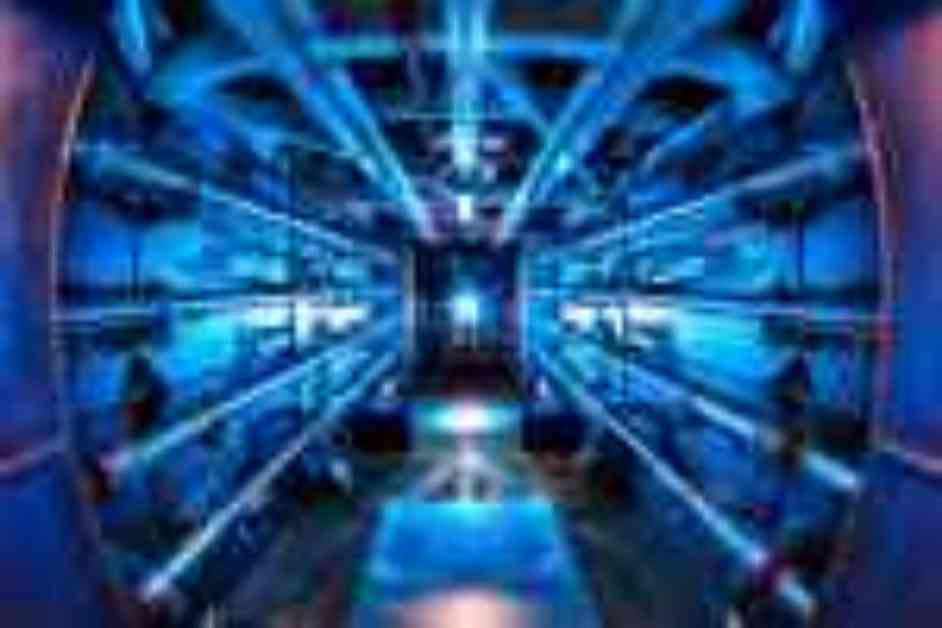The National Ignition Facility (NIF) at the U.S. Department of Energy has been making some big strides in their fusion experiment, guys. Sources say they’ve been cranking up the power output, hitting 5.2 megajoules and then a whopping 8.6 megajoules in recent tries. That’s a far cry from their first success in 2022 when they managed to produce more energy than they used for the first time ever.
Now, let’s get into the nitty-gritty of how they’re pulling this off. The NIF team is using a method called inertial confinement to create these fusion reactions. They coat fusion fuel in diamond, pop it into a gold cylinder, and blast it with 192 laser beams in a huge vacuum chamber. The lasers vaporize the cylinder, sending X-rays at the fuel pellet inside. The intense energy makes the pellet go plasma, squeezing the deuterium-tritium fuel together until they fuse and release energy.
But hold on a sec, none of these successful shots have been enough to actually power the facility, let alone give back to the grid. The first positive shot needed a whopping 300 megajoules just for the lasers. So, while it’s a big deal that they’re getting more energy out than they’re putting in, they’ve still got a ways to go before they can call it a day.
Now, let’s talk about the other fusion approach out there, magnetic confinement. This method uses super strong magnets to hold plasma in a tight space, creating the perfect conditions for fusion. While they haven’t hit the net-positive mark yet, there are a bunch of projects in the works that might get there soon. In the meantime, a few startups like Xcimer Energy and Focused Energy are also diving into the inertial confinement game. It’s a race to see who can crack the fusion puzzle first, folks.













